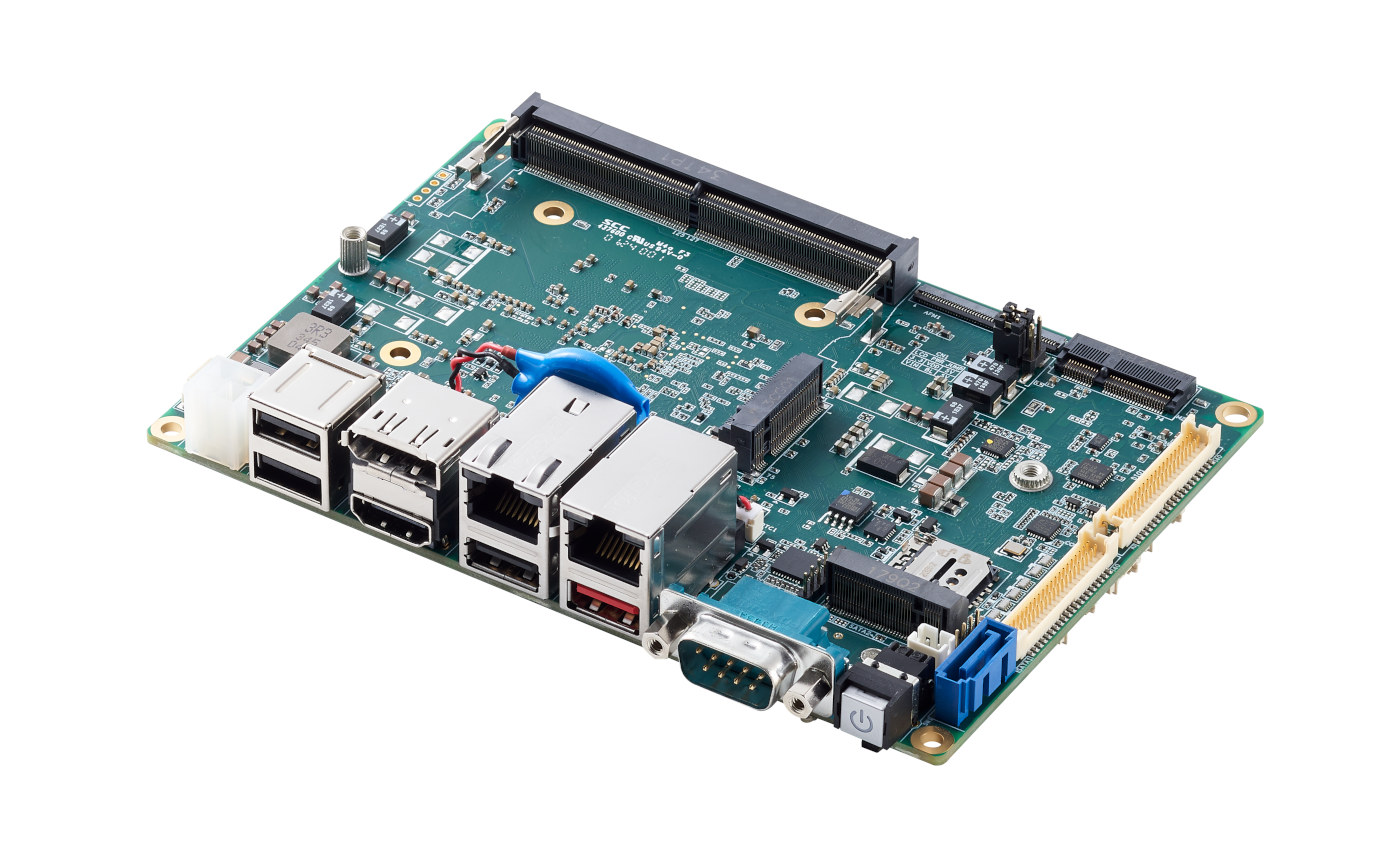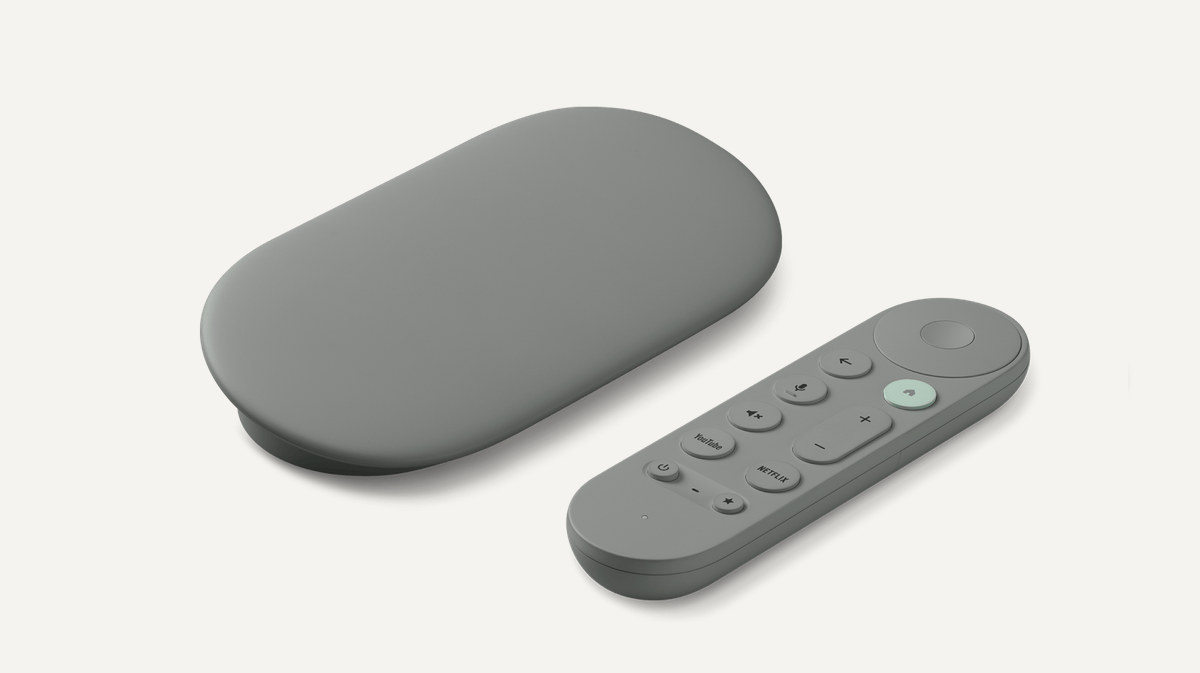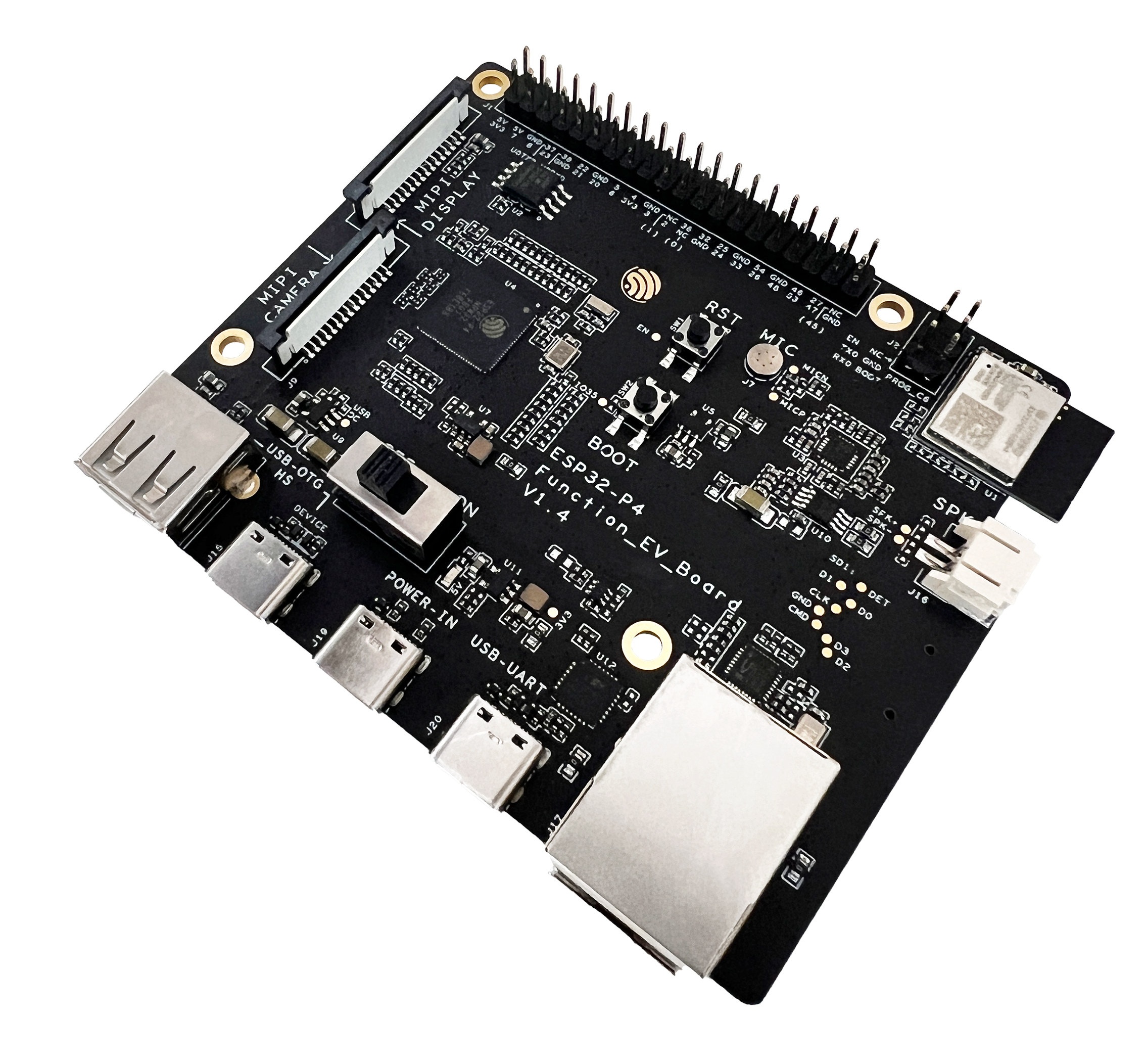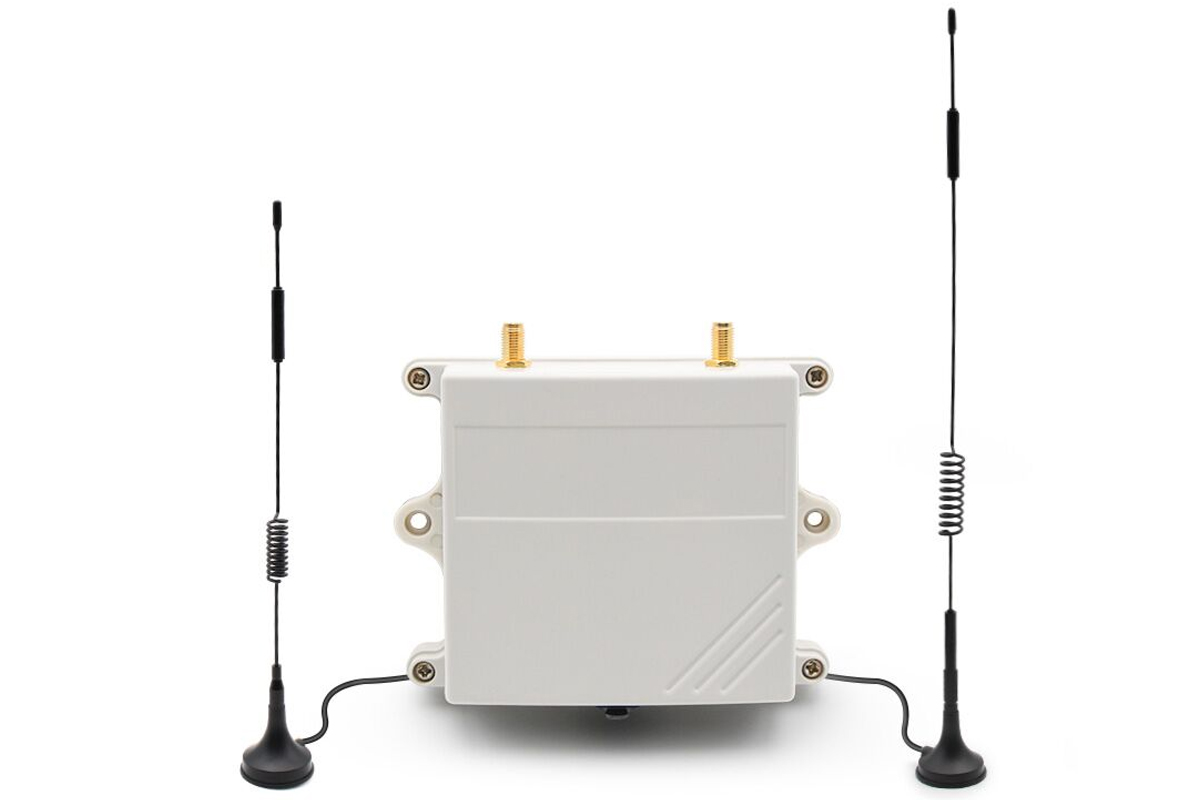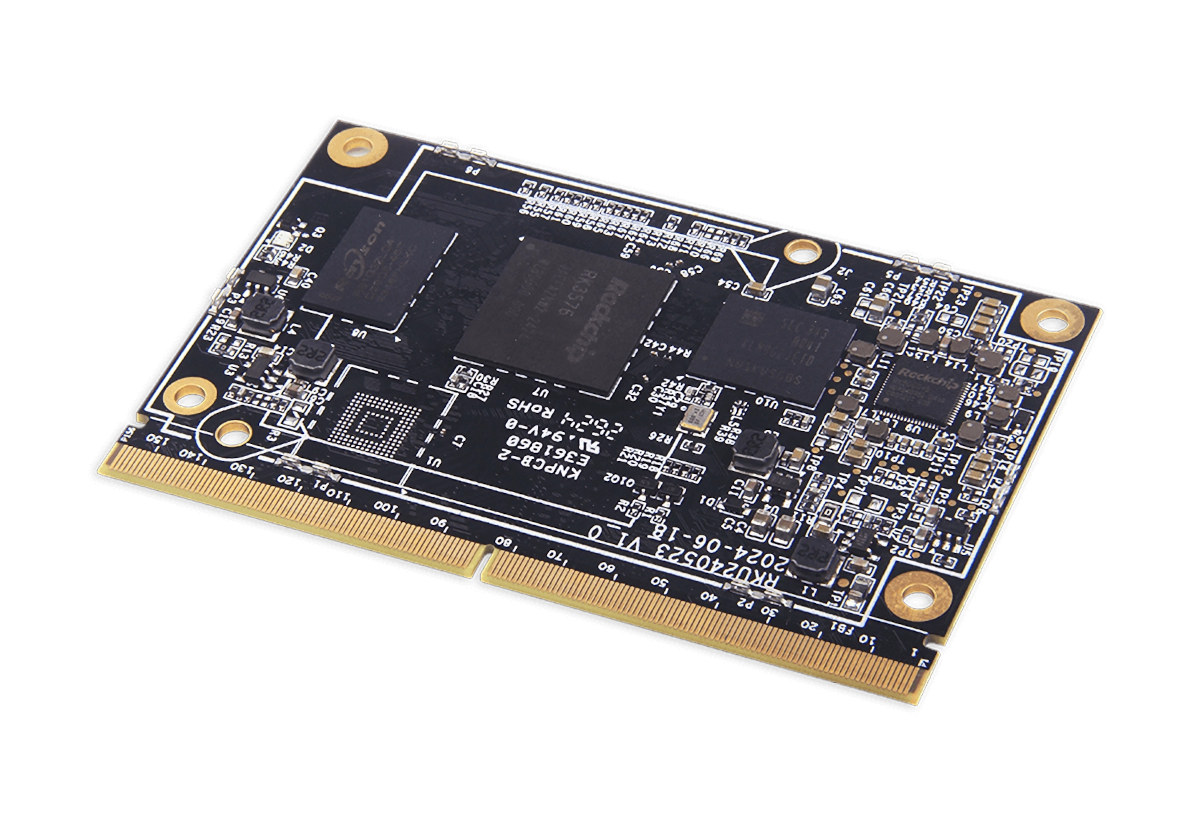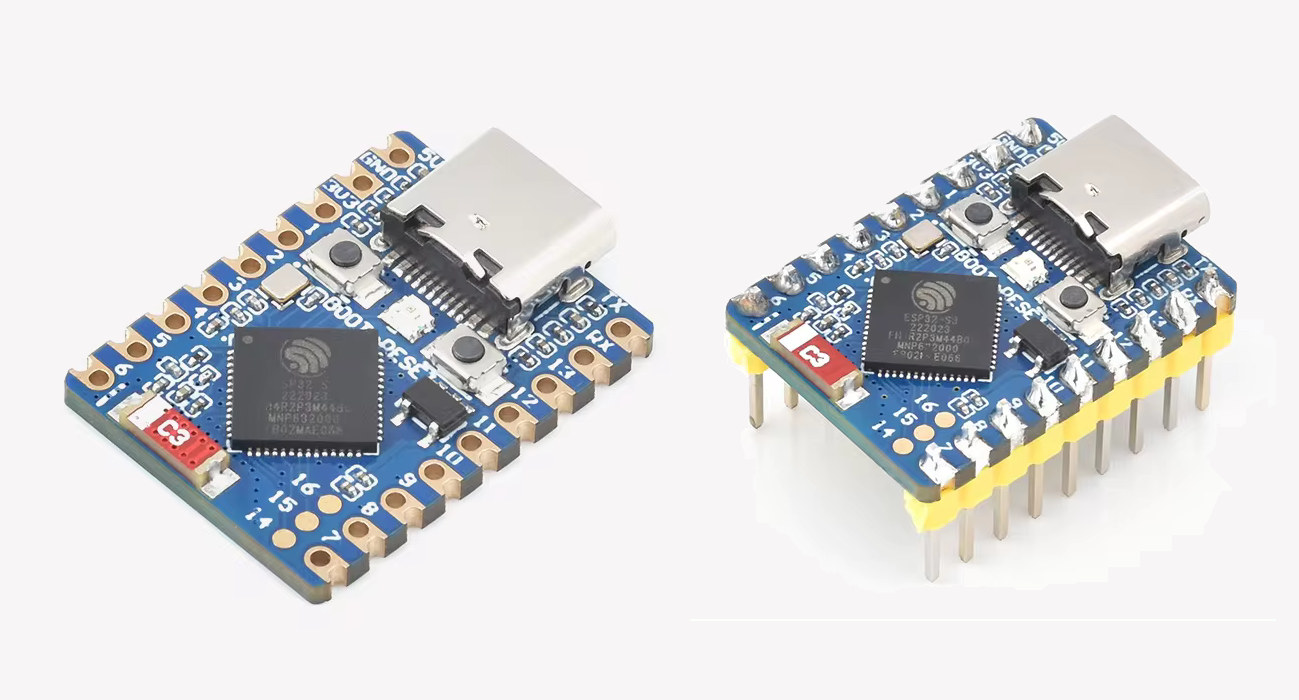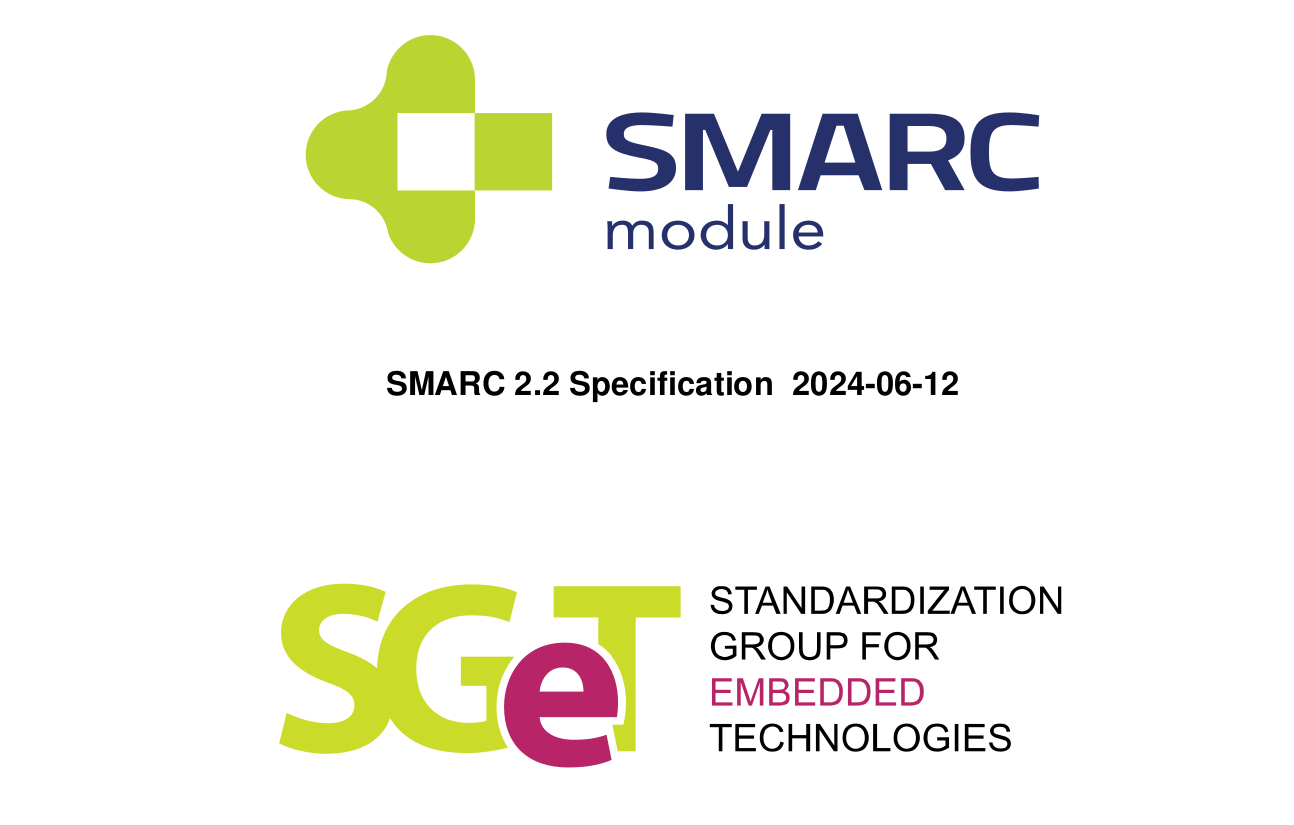Hiwonder’s MechDog is a compact AI robot dog powered by an ESP32-S3 controller that drives eight high-speed coreless servos. It features built-in inverse kinematics for precise and agile movements and has ports for various I2C sensors such as ultrasonic and IMU sensors. The robot is equipped with a durable aluminum alloy frame and a removable 7.4V 1,500mAh lithium battery for power. MechDog integrates with the ESP32-S3 AI vision module, supporting dual-mode network communication either AP Hotspot Direct Connection Mode or STA LAN Mode so that users can access a designated URL webpage via an app or PC for real-time monitoring using a high-definition camera. Also, this robot dog supports various sensor modules, including a touch sensor, light sensor, dot matrix display, and programmable MP3 module, allowing for secondary development and expansion, offering extensive creative possibilities. Previously, we wrote about the Waveshare UGV AI Rover, which features a 2mm thick aluminum […]
ADLINK SBC35-ALN 3.5-inch Intel N97 SBC features SBC-FM expansion connector with PCIe, USB, SMBus
ADLINK SBC35-ALN is a 3.5-inch Intel N97 SBC with up to 16GB DDR5, an M.2 socket for M.2 storage, and a custom SBC-FM expansion connector with PCIe Gen3 x1, USB 2.0, and SMBus interfaces. The 3.5-inch board also features two gigabit Ethernet ports, three display interfaces with HDMI, DisplayPort, and LVDS or eDP, several USB ports and RS232/RS422/RS485 serial interfaces, 40-pin box headers, and M.2 E-Key and B-Key sockets for wireless expansion. ADLINK SBC35-ALN specifications: SoC – Intel Processor N97 quad-core Alder Lake-N processor @ up to 3.6 GHz with 6MB Cache, Intel UHD Graphics; 12W TDP System Memory – Up to 16GB DDR5 4800 MHz via SODIMM slot Storage 1x SATA III + SATA power connector 256 Mbit SPI flash for BIOS Display 1x DisplayPort 1.4 1x HDMI 2.0 through DP to HDMI Redriver LVDS/eDP (default: LVDS) Supports 3 independent displays Audio Realtek ALC888S audio codec 1x Line-in, 1x […]
Google kills the Chromecast, introduces the Google TV Streamer for both video streaming and Smart Home control
Google has just announced the Chromecast media streamer would be phased out, introducing instead the Google TV Streamer for both TV streaming and the Smart Home with not only gigabit Ethernet, WiFi 5, and Bluetooth 5.1 connectivity, but also Matter support and Thread border router function. The Android TV device comes with 4GB RAM and 32GB eMMC flash, an HDMI 2.1 port supporting up to 4Kp60, and a USB-C port for power and data. A voice remote control is also included, and the solution is not integrated with the Smart Home allowing users to connect to locks and motion sensors through Thread/Matter, monitor their security camera systems, and more. Google TV Streamer specifications: CPU – Not disclosed, but allegedly the MediaTek MT8696 quad-core Arm Cortex-A55 processor @ 1.8 GHz, Imagination GE9215 GPU @ 750MHz as found in the Amazon Fire TV Stick 4K Max is used here. System Memory – […]
ESP32-P4-Function-EV-Board development board launched for $55 with 7-inch display and camera module
Espressif Systems “ESP32-P4-Function-EV-Board” – the official ESP32-P4 development board – is now available in limited quantities on Espressif’s AliExpress store for $55.44, and some other AliExpress stores at a premium as part of a kit with a 7-inch touchscreen display and a 2MP camera module. First unveiled in January 2023, the ESP32-P4 is the first general-purpose RISC-V microcontroller from Espressif Systems without any wireless connectivity. It’s a high-end microcontroller with two RISC-V cores clocked at 400 MHz, vector instructions for AI acceleration, a 2D graphics accelerator for smooth graphical user interfaces, and H.264 video encoding support. There’s been some buzz about it in recent months, and finally, it’s now possible to purchase an ESP32-P4 board for evaluation and software development. ESP32-P4-Function-EV-Board development board specifications: Microcontroller – Espressif Systems ESP32-P4 CPU Dual-core RISC-V HP (High-performance) CPU @ up to 400 MHz with AI instructions extension and single-precision FPU, 768KB of on-chip […]
Makerfabs SenseLora 4G gateway supports LTE Cat 1 and WiFi 4 connectivity, features solar battery charger
The Makerfabs SenseLora 4G Gateway is a device that collects data from LoRa sensors (like temperature and humidity sensors) and sends that data over a 4G network to a cloud service or directly to your phone via SMS, this is ideal for applications where installing a LoRaWAN device is unnecessary or expensive. The application for this gateway includes monitoring soil humidity in your backyard or greenhouse conditions on your farm. Previously we have written about similar smart agriculture sensors including AgroSense LoRaWAN sensors and WisGate Soho Pro RAK7267 LoRaWAN gateway feel free to check those out if you are looking for LoRa-based agricultural products. Makerfabs SenseLora 4G gateway specifications SoC – Espressif ESP32-S3R8 CPU – Dual-core Tensilica LX7 microcontroller up to 240 MHz with vector instructions for AI acceleration Memory – 8MB PSRAM Wireless – WiFi 4 and Bluetooth 5.0 LE + Mesh connectivity LPWAN connectivity LoRaWAN SX1276 LoRa module Frequencies 868 […]
Geniatech SOM-3576 – A Rockchip RK3576 system-on-module with a 314-pin MXM 3.0 edge connector
Geniatech SOM-3576 is another system-on-module (SoM) powered by Rockchip RK3576 octa-core Cortex-A72/A53 AI SoC but with a 314-pin MXM 3.0 edge connector to expose I/Os. It follows other RK3576 SoMs like the Boardcon CM3576 with castellated edges and the Forlinx FET3576-C with board-to-board connectors. The SOM-3576 module supports up to 16GB RAM, and 256GB eMMC flash, and comes with a Rockchip PMIC. I can also see a footprint for 512GB or 1TB UFS storage as Firefly did on the Firefly ROC-RK3576-PC single board computer. Geniatech SOM-3576 specifications: SoC – Rockchip RK3576 CPU 4x Cortex-A72 cores at 2.3 GHz, 4x Cortex-A53 cores at 2.2 GHz Arm Cortex-M0 MCU at 400MHz GPU – ARM Mali-G52 MC3 GPU with support for OpenGL ES 1.1, 2.0, and 3.2, OpenCL up to 2.0, and Vulkan 1.1 NPU – 6 TOPS (INT8) AI accelerator with support for INT4/INT8/INT16/BF16/TF32 mixed operations. VPU Video Decoder – H.264, H.265, VP9, […]
Waveshare ESP32-S3-Zero is a tiny WiFi and BLE IoT module with a USB-C port, up to 32 GPIOs
Waveshare ESP32-S3-Zero is a tiny (23.5×18 mm) module based on Espressif ESP32-S3 WiFi 4 and BLE microcontroller with two rows of nine through holes plus 16 pads for GPIOs, a USB-C port for power and programming, Boot and Reset buttons, and a ceramic antenna. It reminds me of the Seeed Studio’s XIAO ESP32S3 module with an even smaller 21 x 17.5mm design, but the ESP32-S3-Zero offers more GPIOs, an RGB LED, and a built-in ceramic antenna instead of a u.FL connector for an external antenna. Waveshare ESP32-S3-Zero specifications: Wireless MCU – Espressif Systems ESP32-FH4R2 CPU – dual-core Tensilica LX7 microcontroller @ 240 MHz Memory – 512KB SRAM, 2MB PSRAM Storage – 4MB flash Wireless – Wi-Fi 4 & Bluetooth 5.0 dual-mode (classic + BLE) connectivity Antenna – 2.4 GHz ceramic antenna USB – USB Type-C port for power and programming Expansion I/Os 2x 9-pin 2.54mm pitch headers and castellated holes […]
SMARC 2.2 specification adds support for Soundwire, PCIe Gen4, and more
SGET (Standardization Groups for Embedded Technologies) has announced the release of the SMARC 2.2 specification with various improvements including support for Soundwire, PCIe Gen4, and severa; other changes related to pinout definitions and signal descriptions, as well as various bug fixes and corrections. SMARC (“Smart Mobility ARChitecture”) is one of the many standards for systems-on-module designed to enable interoperability between vendors that offer modules compliant with the standard. SMARC features a 314-pin MXM 3.0 connector and is available in two form factors, either 82×50 mm or 82×80 mm, with the former being more common. SMARC 2.2 changes since SMARC 2.1 (April 2020): Removed wrong AC coupling comment in section 3.5.1 HDMI (SMARC 2.1.1 update) Added Soundwire as an alternative function for I2S2 Added SERDES reset signal as an alternative function of PCIe reset signal Added SERDES interrupt signals as dual-function on GPIO[7:8] Updated supported Ethernet speed and renamed the LINK […]



